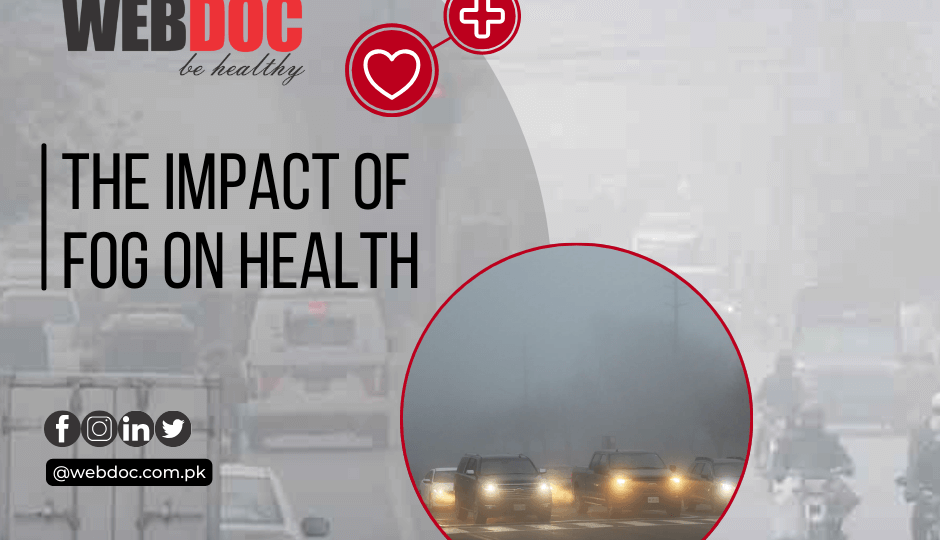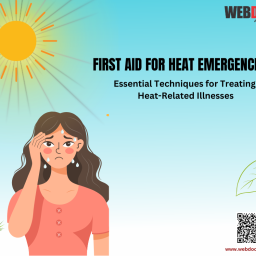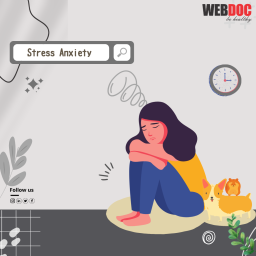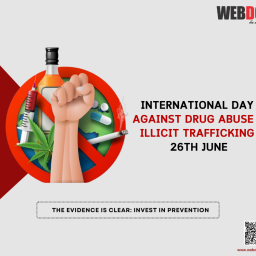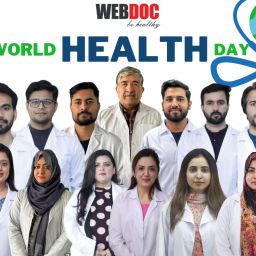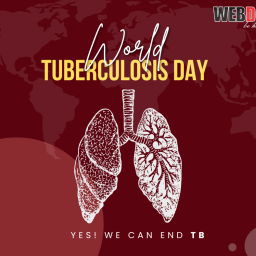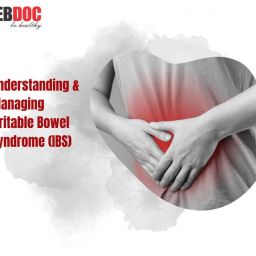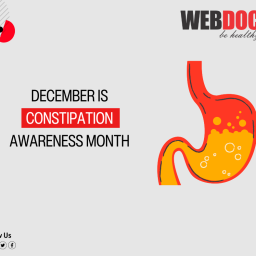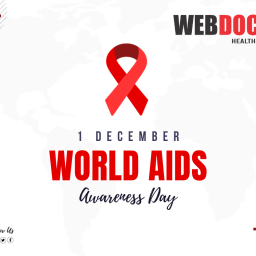The Impact of Fog on Health
Fog, a weather phenomenon characterized by the suspension of tiny water droplets in the air, can have various effects on human health. While often associated with picturesque scenes and tranquil landscapes, fog can pose health risks, particularly when it becomes dense and persistent.
Respiratory Issues:
Dense fog can exacerbate respiratory problems, especially in individuals with pre-existing conditions such as asthma or chronic obstructive pulmonary disease (COPD). The moisture in the air can lead to increased levels of airborne pollutants, triggering or worsening respiratory symptoms.
Reduced Visibility and Accidents:
Fog significantly reduces visibility, impacting transportation safety. Road accidents may occur due to impaired visibility, and respiratory issues can arise from exposure to increased pollution caused by vehicle emissions in foggy conditions.
Allergies and Irritation:
Fog can carry allergens such as pollen and mold spores, causing discomfort and irritation to individuals with allergies. Those prone to respiratory allergies may experience heightened symptoms during foggy periods.
Spread of Diseases:
Fog can contribute to the spread of certain diseases. The moisture in the air creates favorable conditions for the survival and transmission of respiratory viruses. In crowded areas, this can increase the risk of infectious diseases spreading.
Mental Health Impact:
Prolonged periods of gloomy weather associated with fog can affect mental well-being. Reduced exposure to natural sunlight may lead to Seasonal Affective Disorder (SAD) or general feelings of low energy and mood.
Moisture-Related Skin Issues:
The high humidity levels associated with fog can impact the skin. Some individuals may experience skin irritation or exacerbation of existing skin conditions due to prolonged exposure to moist air.
Precautionary Measures:
To minimize the health impact of fog, individuals can take precautionary measures. This includes wearing appropriate respiratory protection, especially for vulnerable populations. Motorists should exercise caution, reduce speed, and use headlights during foggy conditions to enhance visibility.
Monitoring Air Quality:
Regular monitoring of air quality during foggy periods is crucial. Authorities should issue advisories and take necessary measures to control pollution levels, particularly in urban areas where vehicular emissions can significantly contribute to degraded air quality.
Adequate Ventilation:
Ensuring proper ventilation in indoor spaces is essential during foggy weather. This helps reduce the buildup of indoor pollutants and maintains a healthier indoor environment.
Public Awareness:
Creating awareness about the potential health risks associated with fog is crucial. Public health campaigns can educate individuals on the importance of taking necessary precautions and seeking medical attention if they experience adverse health effects.
Conclusion
In conclusion, while fog can create captivating natural scenes, it is essential to recognize and address its potential health implications. By adopting preventive measures and staying informed, individuals and communities can better safeguard their health during periods of foggy weather.


